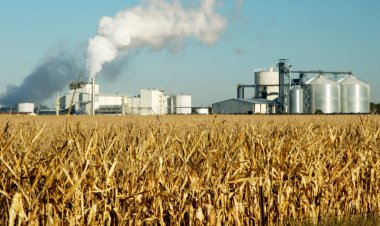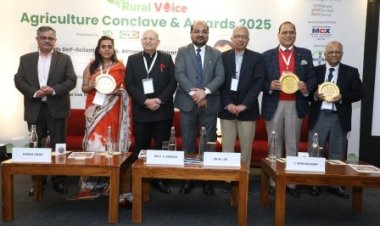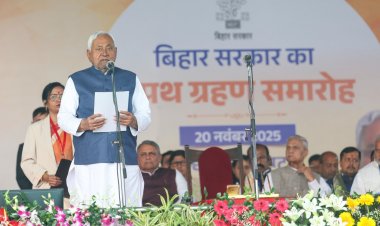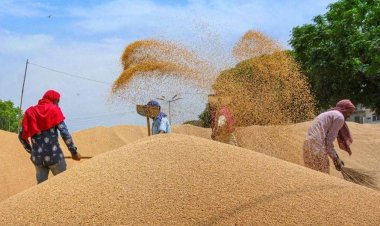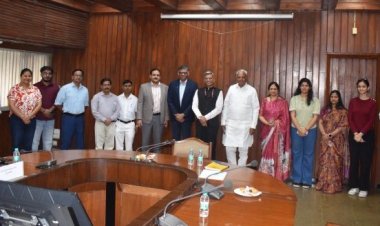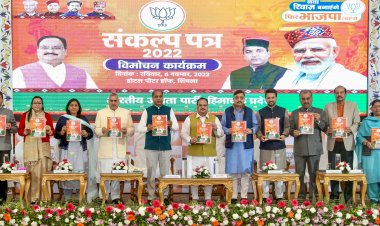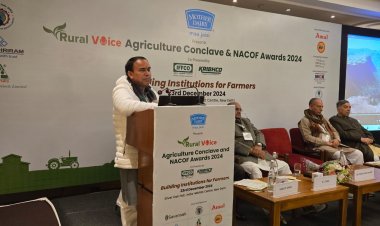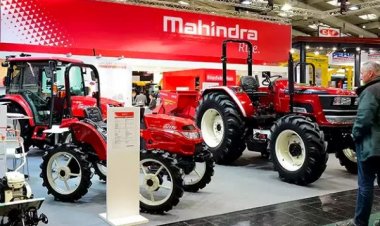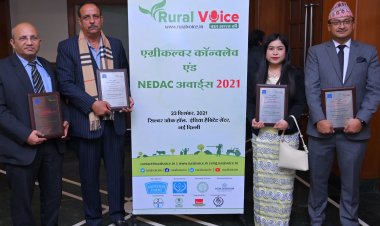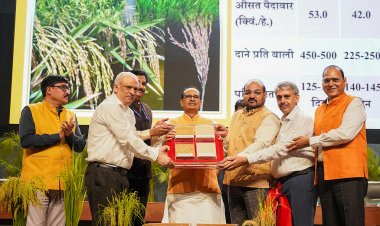Innovative methods needed from transportation to dispenser to make Ethanol Blended Petrol Programme successful
The government needs to adopt innovative methods from the transportation of ethanol to filling up fuel in automobiles to make the Ethanol Blended Petrol (EBP) Programme successful. According to government policy, the target is to achieve blending 20 per cent ethanol in petrol by 2025. This will require 1,016 crore litres of ethanol, which in turn will require 3.5 lakh truck tankers to be transported. According to an estimate, there will be emission of greenhouse gases alone to the tune of about 7.6 crore tonnes. That is, going for green fuel will at the same time also give rise to a factor that will harm the environment on such a large scale.
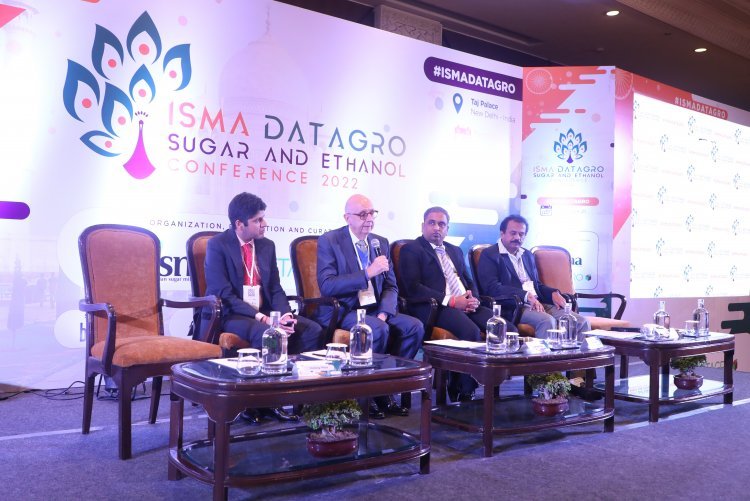
The government needs to adopt innovative methods from the transportation of ethanol to filling up fuel in automobiles to make the Ethanol Blended Petrol (EBP) Programme successful. According to government policy, the target is to achieve blending 20 per cent ethanol in petrol by 2025. This will require 1,016 crore litres of ethanol, which in turn will require 3.5 lakh truck tankers to be transported. According to an estimate, there will be emission of greenhouse gases (GHGs) alone to the tune of about 7.6 crore tonnes. That is, going for green fuel will at the same time also give rise to a factor that will harm the environment on such a large scale. Besides, there are fears that the engines of the vehicles that use EBP may get damaged. The sugar industry and experts say that in order to resolve these issues, while a project has to be made to use a pipeline for transportation, a filter needs to be fitted in the dispenser hose before EBP is filled into the vehicles.
About 450 crore litres of petrol is estimated to be used in the current season (December 2021-November 2022). Also, according to the ethanol policy formulated by the NITI Aayog, 1,016 crore litres of ethanol will be required to attain the target of 20 per cent blending in 2025-26. Obviously, the transportation of ethanol on such a large scale is a formidable challenge and the government has not been able to devise any better strategy for this so far. While ship tankers are being used to transport it only in the coastal regions, the rest of the country uses truck tankers.
In a presentation made by him at a conference organized by the Indian Sugar Mills Association (ISMA) and Brazil’s agri consultancy DATAGRO, Akhilesh Goyal, Managing Director of Madhya Pradesh-based Maa Rewa Sugar Pvt. Ltd, said that 3.5 lakh tankers of 29 kilolitres (kl) capacity would be required to transport ethanol on such a large scale. Which would generate 7.6 crore tonnes of GHG emissions. Goyal says that we should use pipelines, rail tanks and, in coastal areas, ferries and steamers to transport ethanol.
Speaking to Rural Voice on the topic of ethanol transportation, DATAGRO President Plinio Nastari said, “I am confident that India will achieve the target of 20 per cent ethanol blending by 2025. As far as transportation is concerned, India should use a multi-product pipeline for it. In which the policy of transporting diesel first, then petrol (gasoline) and later ethanol can be adopted.”
Citing the example of Brazil, Nastari said that the country produced 3,500 crore litres of ethanol per annum. Brazil has 14 refineries, 344 plants, 170 fuel depots and 41,700 retail stations. “We have been using multi-product pipelines for ethanol transportation for the last 40 years. We use pipelines from the primary to the secondary level and ships in the coastal regions. (Truck) tankers are used for transportation only at the retail outlets.” And he advised India to adopt the same strategy.
Pointing to a significant issue with regard to ethanol, he said that petrol (gasoline) was a very unstable product. Gum gets deposited in the storage tanks, where petrol is stocked, and in the pipelines and it often sticks on the surface and walls of the storage tanks. Now, ethanol being a solvent, the gum gets mixed with the ethanol. When it enters the vehicles through EBP, it damages their engines. This problem is resolved by fitting a filter with the dispenser that fills fuel into the vehicle, said Nastari, because filtering prevents the gum from entering the vehicle. So, such a filter should be used in India.
Nastari clarified that if the filter was used in the dispenser hose, blending ethanol with petrol up to 20 per cent would not cause any damage to the vehicle. Regarding E-26 in Brazil, he said that petrol blended with 26 per cent ethanol was used in cars according to the automobile companies there.
In 2013-14, the year in which the EBP programme was started in India, only 30 crore litres of ethanol had been produced and the level of blending it with petrol was 1,53 per cent. But in the current year, ethanol production has reached 450 crore litres, of which 370 crore litres has been made in distilleries based on sugar cane juice and molasses. Only 80 crore litres has been produced in grain-based distilleries. The government had recently said that the level of 10 per cent blending of ethanol in petrol had been achieved in the country.
Uttar Pradesh and Maharashtra are the two largest ethanol producers in the country but the government wants to attain the target of blending it in petrol across the country. Industry experts say that this is not a very pragmatic policy. It would be better if the government took ethanol blending in the states that are large producers to a level of 15 per cent first and 20 per cent subsequently. This would not only reduce the transportation cost but also save expenditure on infrastructure. For this, the government may promote the use of ethanol as fuel by incentivizing the consumers who go for the same. A dual pricing mechanism may be implemented for petrol and EBP. There is no need of granting subsidies for this. Rather, the excise may be reduced and the burden of this may be shared by the Centre and the states equally. Such methods can help the government achieve the target of 20 per cent ethanol blending by 2025.



 Join the RuralVoice whatsapp group
Join the RuralVoice whatsapp group

















